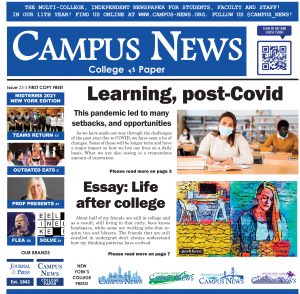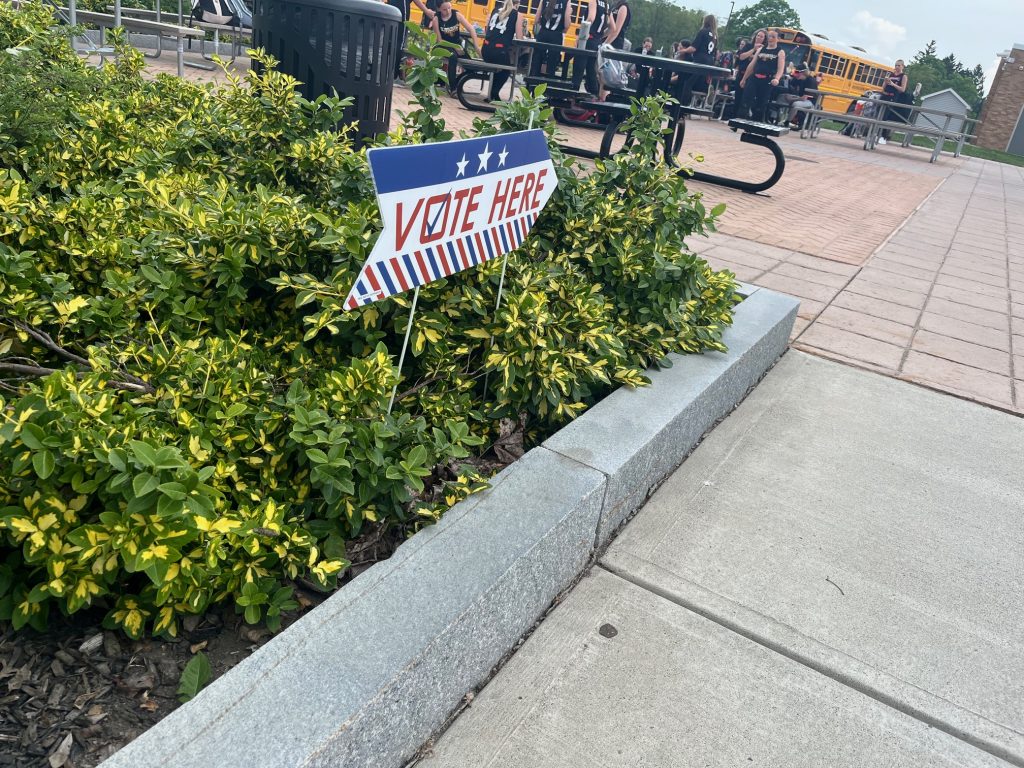By Darren Johnson
Campus News
K-12 schools have proven that we can have “an abundance of caution” but operate in-person. So why are community colleges still shuttered?
And how long will this continue?
As community colleges are now planning their fall schedules, I’m hearing that CUNY and some SUNY two-year schools of are still acting as if there will be an wildly active pandemic in the fall.
However, it looks like the federal government should have most of the adult population inoculated against Covid by the end of May.

Yes, some faculty members and students may still be susceptible after that, and, sure Zoom has helped us revolutionize teaching. Some students really like it.
But more students don’t, according to a slew of national surveys.
Community colleges need to be at least 50 percent in-person this fall. That sounds like a reasonable compromise.
There’s no doubt that community colleges going nearly all virtual this past academic year has been a failure. SUNY two-year enrollment is down 10%. Community colleges have been lagging behind their four-year counterparts (and K-12 schools) and have mostly been shut down. As a result, community college recruitment and retention rates have dropped double digits each semester.
This goes against the mission of community colleges – to be accessible for all students. Community college students especially may respond better to in-person delivery.
This needs to be considered:
- Most community college students come from at-risk and/or nontraditional backgrounds and had poorer high school training. They need the consistency of regular classes and easy access to learning labs, to shore up their skills. Without that direct contact, they will lose interest and disappear, never coming back to college again. The abysmal numbers from this past Fall and current Spring semesters attest to this.
- Many (most?) instructors are not great at delivering online education. Online education isn’t simply posting a video of your lecture. It’s about give and take, and monitoring tests and working with students directly, to improve their writing and math. It’s HARD for an instructor to do this right online, and some traditional instructors haven’t been able to adapt to this style of teaching. Also, some students respond better to live instruction. Recent polls and surveys back this up.
- As well, many such students don’t have access to computers off campus nor reliable Internet.
- What about student activities and sports, that incentivize so many students to stay in school? Cancel these and students may suddenly feel algebra and composition are interminable.
- Why cancel graduations? Students worked so hard to get to this point in their lives. Why deny them the symbolic effect of walking across stage in a cap and gown? A symbol that may inspire others to do the same? Many K-12 schools managed graduations. Why not colleges?
- And are students getting what they paid for? If they had wanted an online college experience, there are myriad corporations posing as colleges who advertise on cable TV willing to take their money.
For many students, closing physical campuses creates an “out of sight, out of mind” reality, where they get off track from their educational journeys. And a lot of them will not come back.
Darren Johnson has worked in community colleges as an administrator and instructor.






Facebook Comments